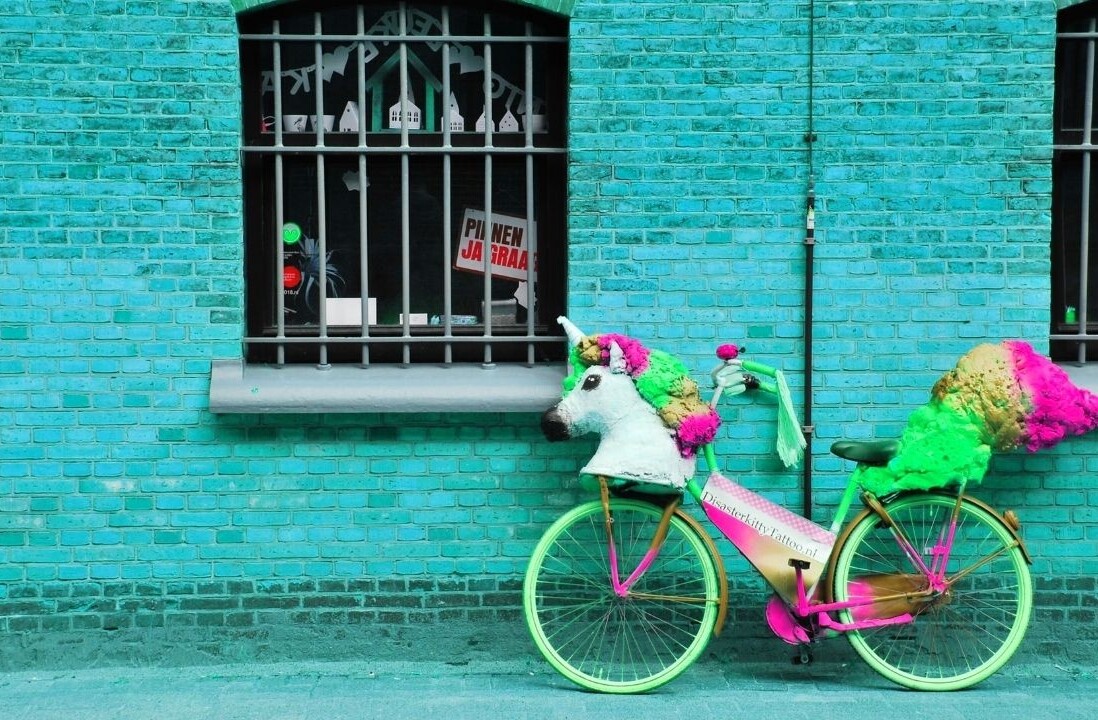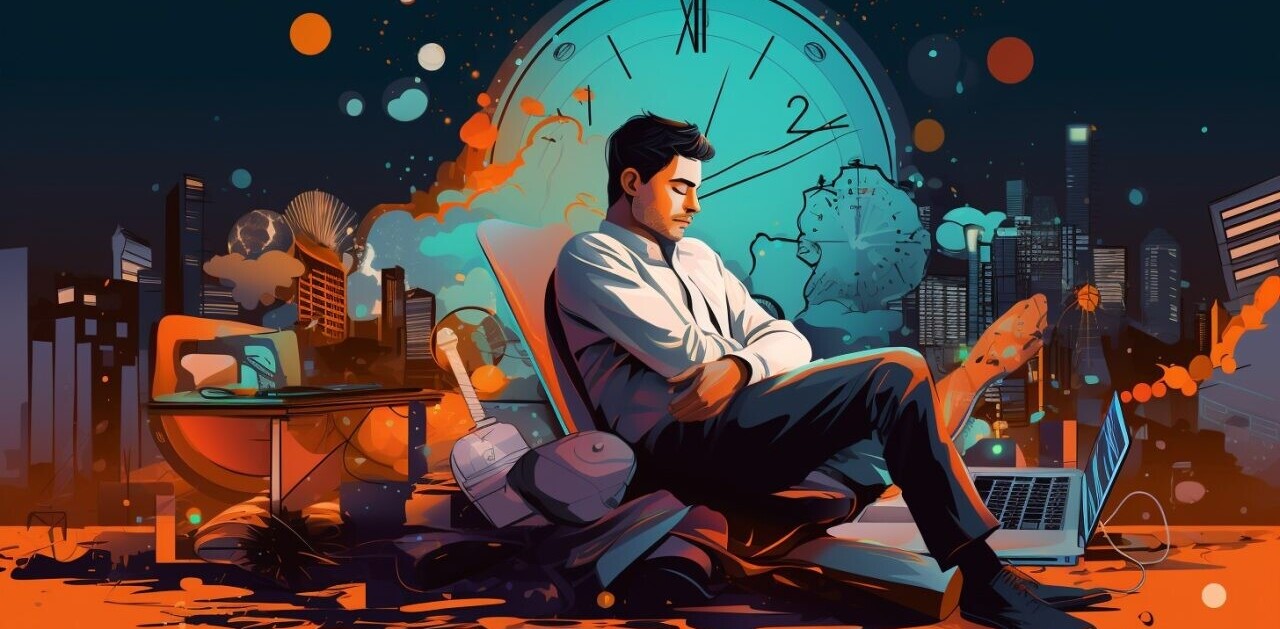
From the newest social media channels to cutting-edge Web design, entrepreneurs are eager to keep up with the latest and greatest trends in the space. But at what point does this cause a startup to lose steam as a direct result of failing to differentiate themselves from the pack? To find out which trends are old news, I asked nine entrepreneurs from Young Entrepreneur Council (YEC) the following question.
What’s one design fad that startups need to move away from and why?
Their best answers are below:
1. Bad Brand Messaging
 Hire a copywriter right away to help you talk about what you do and how. Having bad copy on your website makes it confusing for people who might be interested in connecting with your new company. What you do, how you do it, and who you do it for are crucial answers to have on your site. – Nicole Munoz, Start Ranking Now
Hire a copywriter right away to help you talk about what you do and how. Having bad copy on your website makes it confusing for people who might be interested in connecting with your new company. What you do, how you do it, and who you do it for are crucial answers to have on your site. – Nicole Munoz, Start Ranking Now
2. Top-Heavy Sites
 The fold is a myth. There is no need to cram calls-to-action, copy, images and everything else “above the fold” because there is no fold. Your home page should not be a single background image with a brief snippet of gnomic text and a call-to-action. Studies have shown that informative, content-rich, scrolling pages with targeted and relevant high-quality copy, images and video garner higher conversion rates than compressed, information-light pages. – Vik Patel, Future Hosting
The fold is a myth. There is no need to cram calls-to-action, copy, images and everything else “above the fold” because there is no fold. Your home page should not be a single background image with a brief snippet of gnomic text and a call-to-action. Studies have shown that informative, content-rich, scrolling pages with targeted and relevant high-quality copy, images and video garner higher conversion rates than compressed, information-light pages. – Vik Patel, Future Hosting
3. Information Overload
 Many startups deal with flying under the radar, so they try to compensate by giving an overwhelming amount of information to those who end up on their website. In reality, this can create confusion and frustration. At Pley, a LEGO rental service, we try to strike a balance by using images and videos in order to reduce the amount of written information the consumers must absorb. – Ranan Lachman, Pley
Many startups deal with flying under the radar, so they try to compensate by giving an overwhelming amount of information to those who end up on their website. In reality, this can create confusion and frustration. At Pley, a LEGO rental service, we try to strike a balance by using images and videos in order to reduce the amount of written information the consumers must absorb. – Ranan Lachman, Pley
4. Flat Design
 Flat design is not a panacea for usability. While it’s appealing to make everything visually simple, taking the emphasis off of visual components doesn’t necessarily help users find the information they’re looking for. Most of that information is in the text, not the design — so blindly applying flat design principles doesn’t actually make your site more useful. In fact, by removing all design crutches, your site will appear painfully nonsensical if you haven’t invested time in providing quality information. It’s OK to start adding depth back where you want to draw a user’s attention. – Jared Brown, Hubstaff
Flat design is not a panacea for usability. While it’s appealing to make everything visually simple, taking the emphasis off of visual components doesn’t necessarily help users find the information they’re looking for. Most of that information is in the text, not the design — so blindly applying flat design principles doesn’t actually make your site more useful. In fact, by removing all design crutches, your site will appear painfully nonsensical if you haven’t invested time in providing quality information. It’s OK to start adding depth back where you want to draw a user’s attention. – Jared Brown, Hubstaff
5. Basic Non-Responsive HTML
 The majority of web designers are experienced in basic HTML. Therefore, if you are in the market to have your website built or updated you’ll likely have many options to build a basic HTML website. However, websites need to be responsive, meaning they need to render properly and be optimized for multiple devices and screen sizes. Basic HTML won’t cut it. You need to make sure your designer isn’t using old, outdated HTML and is instead using HTML 5 or a similar development language that allows for responsive design and mobile search engine optimization. – Obinna Ekezie, Wakanow.com
The majority of web designers are experienced in basic HTML. Therefore, if you are in the market to have your website built or updated you’ll likely have many options to build a basic HTML website. However, websites need to be responsive, meaning they need to render properly and be optimized for multiple devices and screen sizes. Basic HTML won’t cut it. You need to make sure your designer isn’t using old, outdated HTML and is instead using HTML 5 or a similar development language that allows for responsive design and mobile search engine optimization. – Obinna Ekezie, Wakanow.com
6. Video Backgrounds
 Video backgrounds are the latest fad in web design. I call it a fad and not a trend because I see a ton of websites adopting this without clearly considering how it feeds conversions. Video, as a backdrop on your homepage, can work really well when it offers your visitors a clear visual of your product or adds emotion to your website by displaying the end-story benefits, allowing you to connect with your visitors. However, before doing so, you must evaluate your buyers’ personas and run targeted A/B tests to determine if the design element can truly increase conversions. –Vishal Shah, NoPaperForms
Video backgrounds are the latest fad in web design. I call it a fad and not a trend because I see a ton of websites adopting this without clearly considering how it feeds conversions. Video, as a backdrop on your homepage, can work really well when it offers your visitors a clear visual of your product or adds emotion to your website by displaying the end-story benefits, allowing you to connect with your visitors. However, before doing so, you must evaluate your buyers’ personas and run targeted A/B tests to determine if the design element can truly increase conversions. –Vishal Shah, NoPaperForms
7. “Mobile Version” Websites
 Being redirected to a “m.website.com” URL almost always tells me I’m about to have a frustrating experience. Sure, having a mobile version of your website is better than having a site that looks dreadful on a tiny screen or may even be unusable (here’s looking at you anyone still using Flash), but the mobile-version mentality is far from ideal. Mobile devices come in so many screen sizes and they are always changing; you can’t design for them all. Responsive design is also the way to go because you want a unified experience no matter what device you’re on. – Brian Honigman, Honigman Media
Being redirected to a “m.website.com” URL almost always tells me I’m about to have a frustrating experience. Sure, having a mobile version of your website is better than having a site that looks dreadful on a tiny screen or may even be unusable (here’s looking at you anyone still using Flash), but the mobile-version mentality is far from ideal. Mobile devices come in so many screen sizes and they are always changing; you can’t design for them all. Responsive design is also the way to go because you want a unified experience no matter what device you’re on. – Brian Honigman, Honigman Media
8. iFrames
 iFrames are design gimmicks of the past, yet they still find a way into the website specs at most creative agencies. First, Google search engine spiders cannot index iFrame content or links. They also offer a very poor mobile experience and prove to be slow to load, weighing down your website with excessive code. Today, mobility and speed are key to rank in Google and boost engagement. In 2015 and beyond, use only design formats that are mobile, social, Google friendly and sticky. – Matthew Capala, SearchDecoder
iFrames are design gimmicks of the past, yet they still find a way into the website specs at most creative agencies. First, Google search engine spiders cannot index iFrame content or links. They also offer a very poor mobile experience and prove to be slow to load, weighing down your website with excessive code. Today, mobility and speed are key to rank in Google and boost engagement. In 2015 and beyond, use only design formats that are mobile, social, Google friendly and sticky. – Matthew Capala, SearchDecoder
9. Using “Plain Vanilla” Bootstrap
 When Bootstrap, the front end design framework originally released by Twitter, first burst on the scene, everyone started using it. As a result, you started to see the same buttons, navigation bars and fonts everywhere on startup websites. Bootstrap is a great tool, but it should be customized to suit your needs. You can and should change things like the standard color theme, the radius on buttons and fonts. “Plain vanilla” (AKA un-customized) Bootstrap is fine when you’re first getting started, but startups should eventually take the time to think about branding and what sets them apart. – Mattan Griffel, One Month
When Bootstrap, the front end design framework originally released by Twitter, first burst on the scene, everyone started using it. As a result, you started to see the same buttons, navigation bars and fonts everywhere on startup websites. Bootstrap is a great tool, but it should be customized to suit your needs. You can and should change things like the standard color theme, the radius on buttons and fonts. “Plain vanilla” (AKA un-customized) Bootstrap is fine when you’re first getting started, but startups should eventually take the time to think about branding and what sets them apart. – Mattan Griffel, One Month
Read Next: 8 things to consider when determining your startup valuation
Image credit: Shutterstock
Get the TNW newsletter
Get the most important tech news in your inbox each week.




